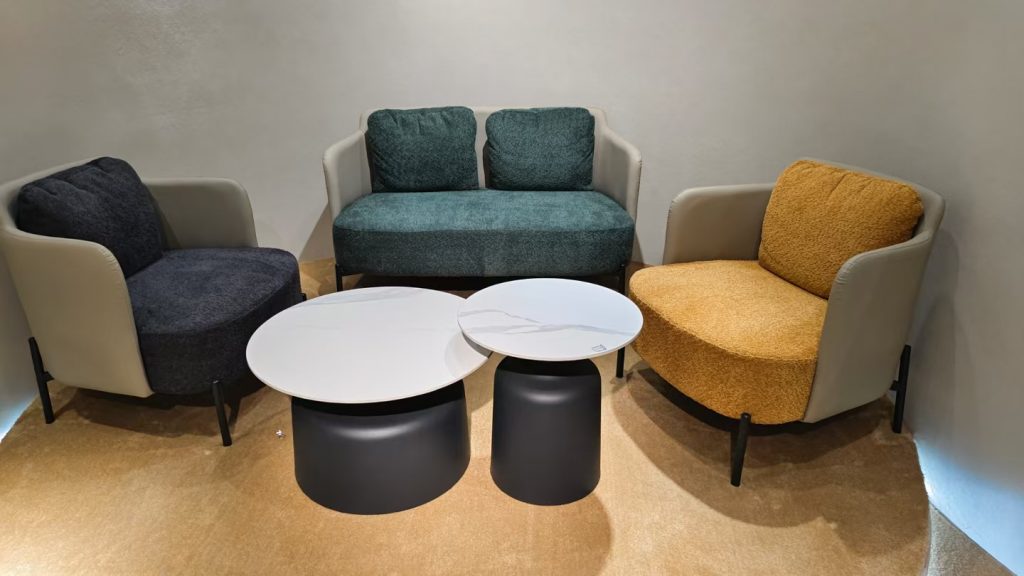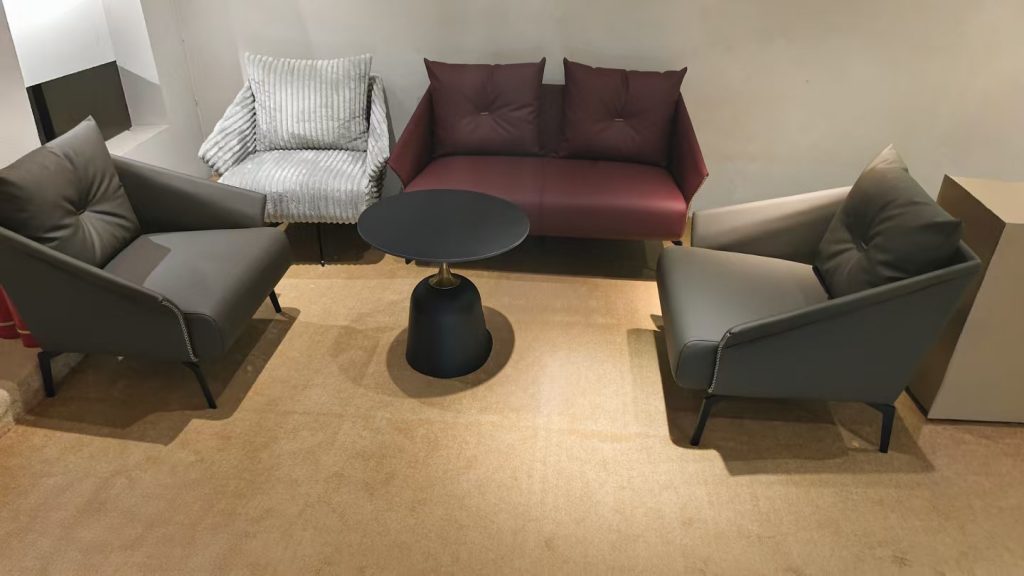


The furniture industry is undergoing a paradigm shift as zero-waste principles redefine traditional manufacturing. For factories committed to sustainability, adopting zero-waste practices isn’t just an environmental imperative—it’s a competitive advantage. This article explores strategies, material innovations, and operational frameworks to help manufacturers eliminate waste, reduce costs, and appeal to eco-conscious consumers.
—
1. Why Zero-Waste Matters in Furniture Manufacturing
With global waste projected to exceed 3.8 billion tons by 2050, industries face mounting pressure to adopt circular practices. Zero-waste manufacturing minimizes landfill contributions by rethinking design, production, and end-of-life processes. Benefits include:
– Cost Savings: Reducing raw material waste lowers operational expenses.
– Regulatory Compliance: Aligns with stricter global regulations (e.g., EU Circular Economy Action Plan).
– Brand Loyalty: 66% of consumers prefer sustainable brands (Nielsen, 2023).
—
2. Designing for Zero-Waste: Principles and Practices
Zero-waste starts at the drawing board. Factories must prioritize:
a. Circular Design
– Modular Structures: Create furniture with interchangeable components for easy repair, upgrades, or disassembly.
– Multi-Functional Pieces: Foldable tables with hidden storage or multifunctional seating that serves dual purposes.
– Minimal Material Use: Opt for cantilever designs or hollow-core structures to reduce waste.
b. Material Optimization
– Nesting Algorithms: Use CAD software to maximize material yield by arranging parts efficiently.
– Standardized Components: Design interchangeable parts across product lines to minimize offcuts.
c. Closed-Loop Systems
– Repurpose scrap materials (e.g., sawdust into composite boards or fabric scraps into insulation).
– Partner with recycling facilities to turn post-production waste into new feedstock.
—
3. Sustainable Material Innovations
Material choice is critical for zero-waste success. Prioritize:
a. Bio-Based Materials
– Mycelium Composites: Grown from agricultural waste, these biodegradable materials replace foams and plastics.
– Hemp or Flax Fibers: Renewable, carbon-negative alternatives to fiberglass or polyester.
b. Recycled Materials
– Post-Consumer Recycled Plastics: Upcycle bottles or packaging into durable upholstery or tabletops.
– Reclaimed Wood: Salvaged from pallets, construction sites, or old furniture.
c. Low-Waste Alternatives
– Bamboo: Fast-growing, renewable, and ideal for flooring or cabinetry.
– Cork: Harvested without harming trees, perfect for coasters or wall panels.
—
4. Zero-Waste Production Techniques
Revolutionize manufacturing processes to eliminate waste:
a. Additive Manufacturing
– 3D Printing: Use only necessary material, reducing scrap (e.g., FDM printing with recycled PLA).
– Laser Cutting: Precision tools minimize offcuts; leftover materials can be repurposed.
b. CNC Milling with Scrap Reuse
– Repurpose wood chips or metal shavings into biomass energy or composite materials.
c. Water-Based Finishes
– Avoid toxic solvents and reduce air pollution with non-toxic sealants and stains.
—
5. Certifications and Accountability
Build trust with certifications that validate zero-waste claims:
– Cradle to Cradle Certified™: Assesses material health, recyclability, and renewable energy use.
– UL ECOLOGO: Certifies products with reduced environmental impact.
– FSC-Certified Wood: Ensures responsibly sourced timber.
Publish annual sustainability reports to showcase progress toward zero-waste goals.
—
6. Overcoming Challenges
Zero-waste adoption requires addressing common hurdles:
a. Material Sourcing
– Solution: Partner with suppliers offering “waste-to-feedstock” programs or local recycling cooperatives.
b. Higher Initial Costs
– Solution: Offset expenses through bulk recycled material purchases or government green grants.
c. Consumer Perception
– Solution: Educate buyers via workshops, blogs, or videos on the long-term value of zero-waste furniture.
—
7. Market Opportunities and Trends
Zero-waste furniture is gaining traction across sectors:
– Residential: Customizable, repairable designs for eco-conscious homeowners.
– Hospitality: Durable, antimicrobial furniture for hotels with strict sustainability mandates.
– Commercial: Modular office systems with closed-loop lifecycles.
—
8. The Future of Zero-Waste Manufacturing
Emerging innovations to watch:
– AI-Driven Waste Reduction: Machine learning optimizes material use and predicts defects.
– 4D Materials: Self-healing surfaces that extend product lifespan.
– Industrial Symbiosis: Factories sharing waste streams (e.g., a furniture factory’s sawdust becomes packaging for a neighboring business).
—
Conclusion
For furniture manufacturers, zero-waste manufacturing is no longer aspirational—it’s essential. By embracing circular design, sustainable materials, and transparent practices, factories can reduce environmental impact, cut costs, and attract eco-conscious customers. Start by auditing waste streams, investing in training, and prioritizing certifications. The future of furniture is waste-free—build it today.
Transition to Zero-Waste Manufacturing
Ready to revolutionize your factory? Begin with small steps: pilot a closed-loop recycling program, experiment with mycelium composites, or launch a refurbished furniture line. Every effort counts toward a circular future.
—
Article link:https://www.vlefooena.com/manufacturer/4368/

No reply content